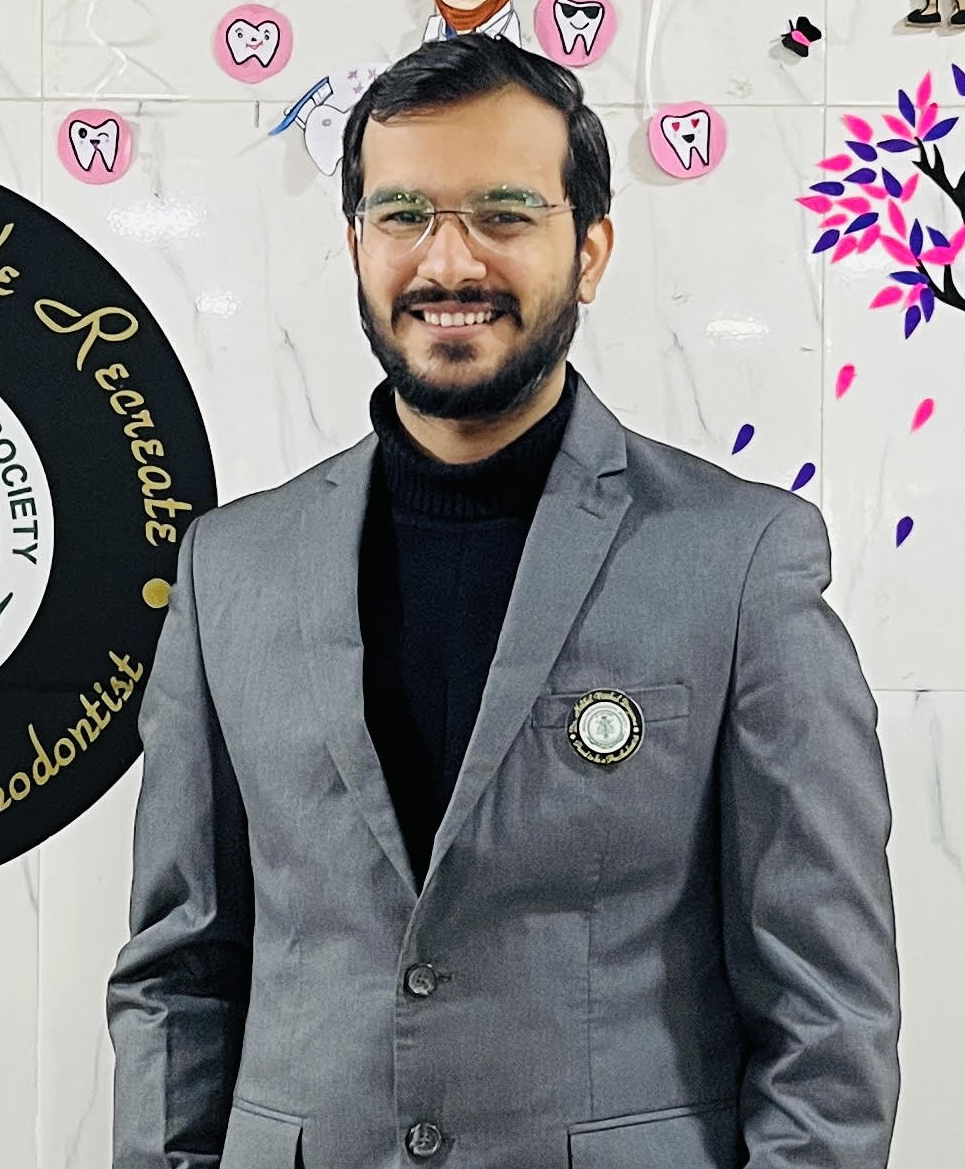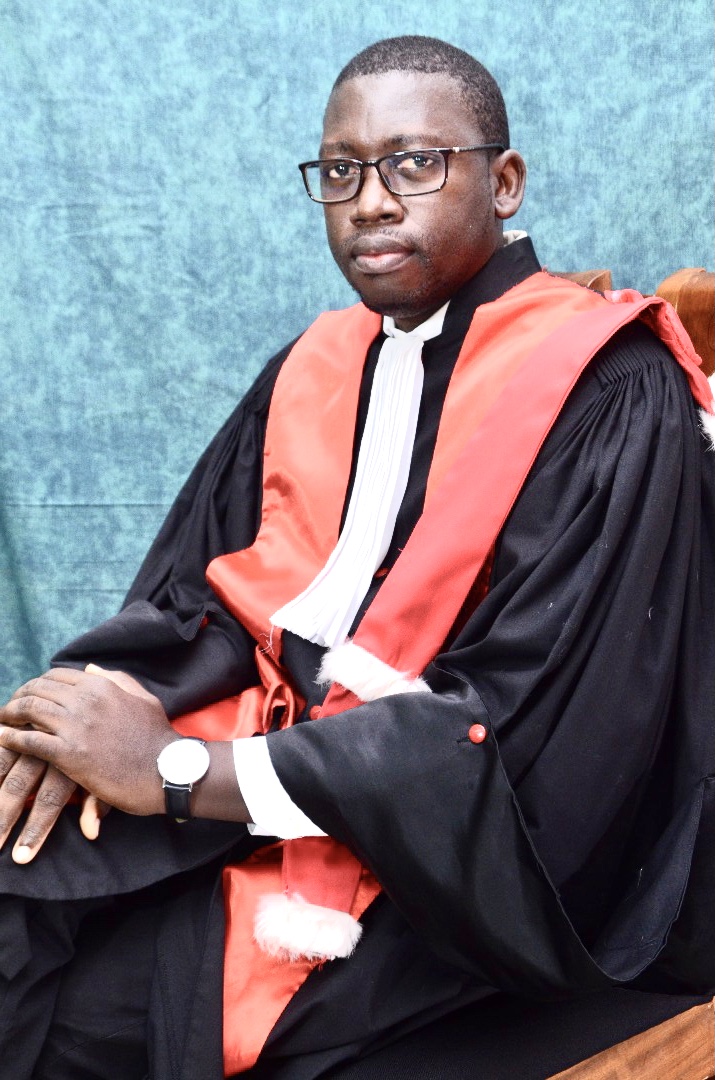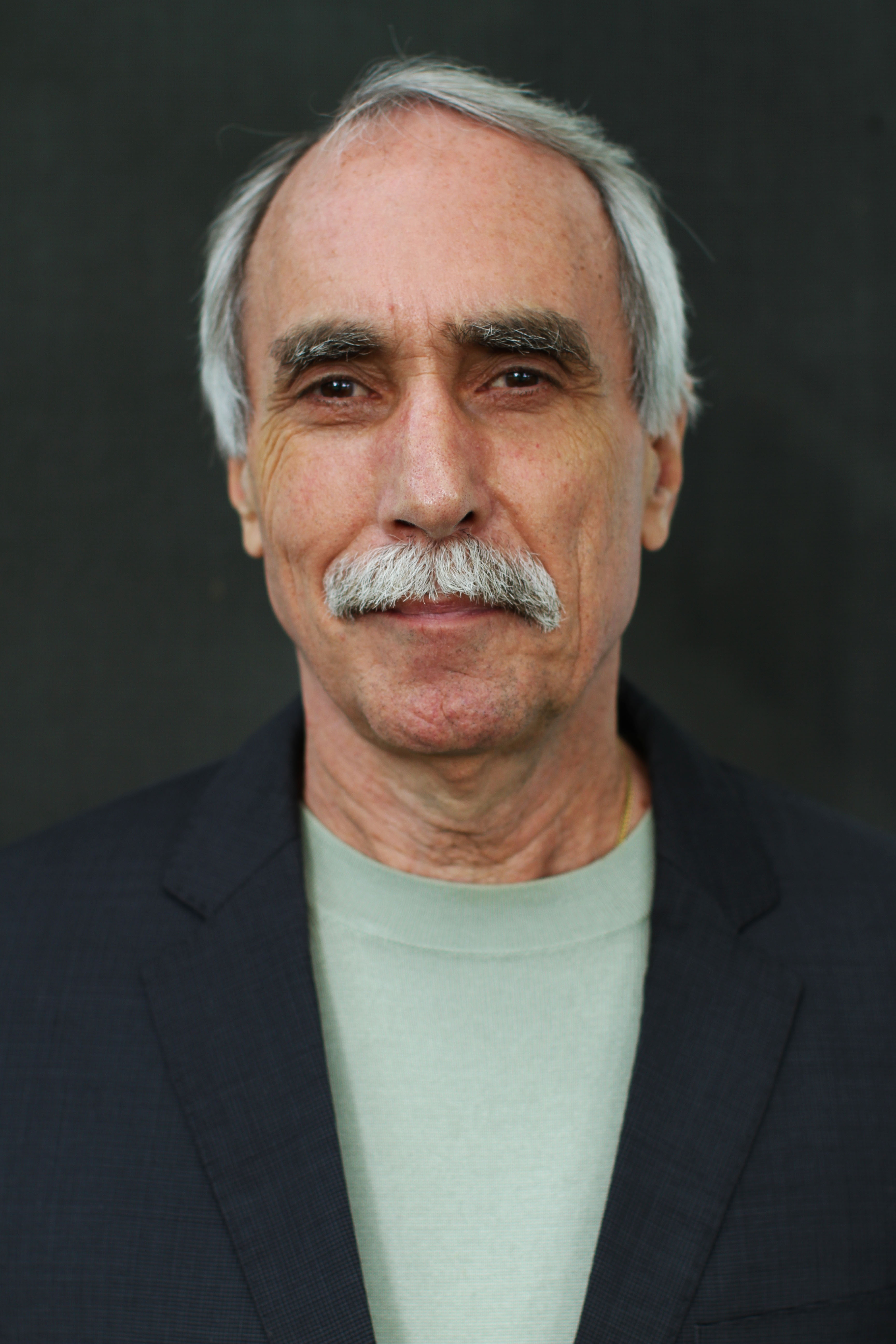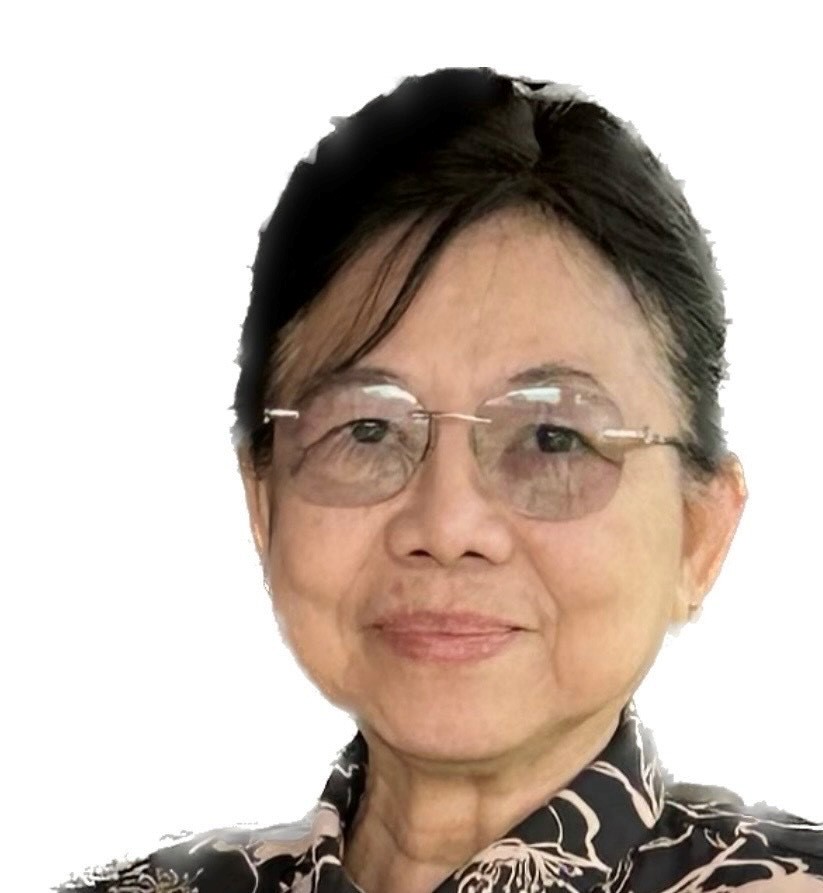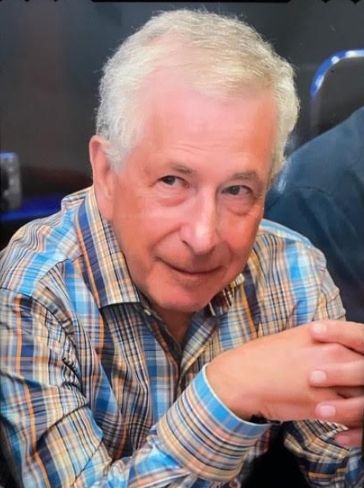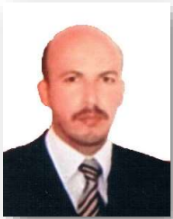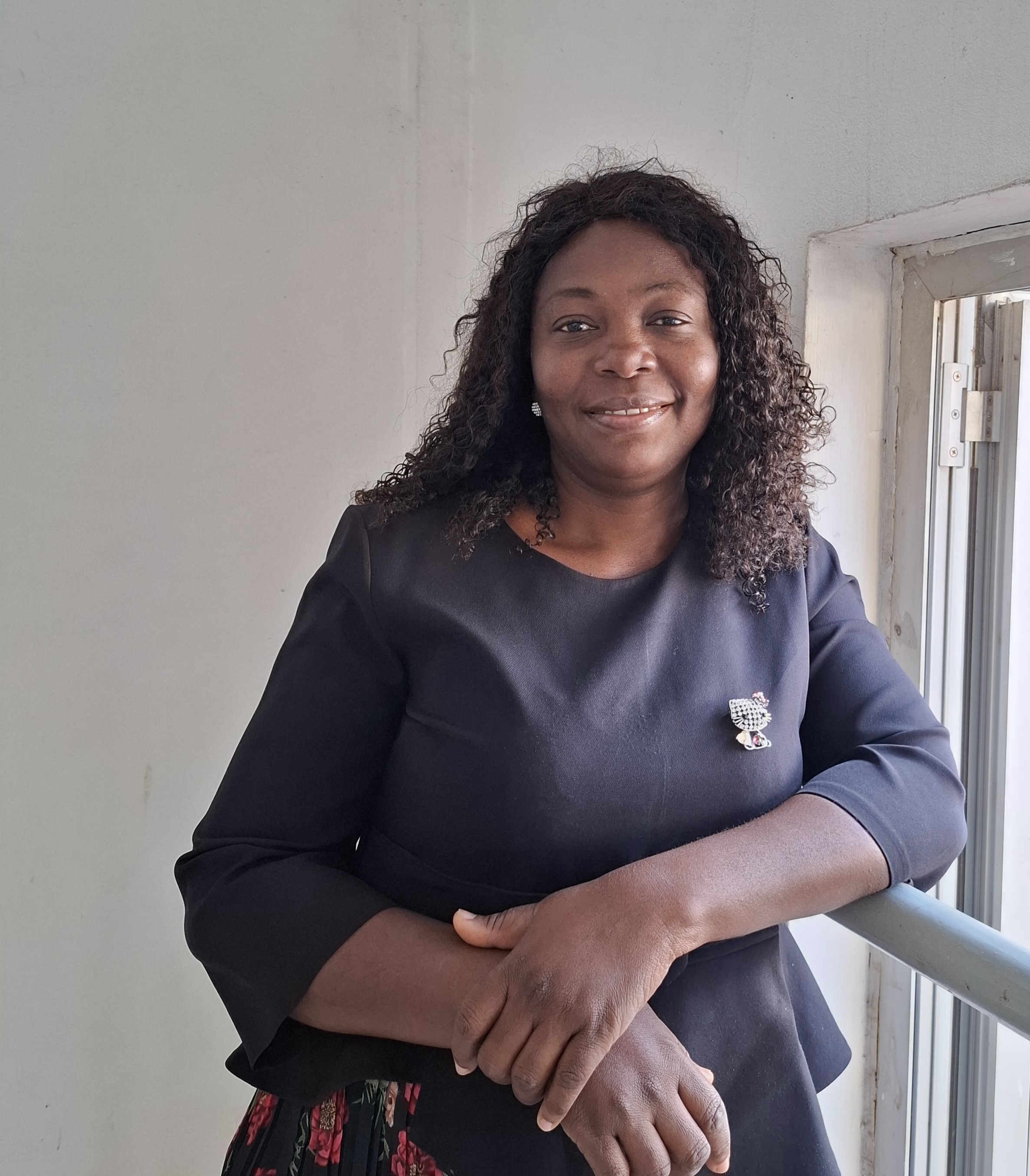Research Article
Ultrasound Evaluation of The Subepidermal Low-Echogenic Band (SLEB) After Facial Adipostructuring Treatment in An Oncology Patient
- Laura Sarmiento Zuluaga 1
- Paula Alvarez Bohorquez 1
- Daisy Silva Vargas 1
- Natalia Vahos Salazar 1
- Gladys Velazco Viloria 2*
1Asociacion Científica Colombiana de Medicina Estetica. Medellin, Colombia.
2Centro Latinoamericano de Entrenamiento Medico e Investigacion (CLEMI), Bogota, Colombia.
*Corresponding Author: Gladys Velazco Viloria, Centro Latinoamericano de Entrenamiento Medico e Investigacion (CLEMI), Bogota, Colombia.
Citation: Zuluaga LS, Bohorquez PA, Vargas DS, Salazar NV, Viloria GV. (2025). Ultrasound Evaluation of The Subepidermal Low-Echogenic Band (SLEB) After Facial Adipostructuring Treatment in An Oncology Patient, International Journal of Biomedical and Clinical Research, BioRes Scientia Publishers. 3(6):1-4. DOI: 10.59657/2997-6103.brs.25.073
Copyright: © 2025 Gladys Velazco Viloria, this is an open-access article distributed under the terms of the Creative Commons Attribution License, which permits unrestricted use, distribution, and reproduction in any medium, provided the original author and source are credited.
Received: April 08, 2025 | Accepted: April 24, 2025 | Published: May 01, 2025
Abstract
High-frequency ultrasound (HFUS) is a noninvasive procedure used in the evaluation of dermatological diseases and as a marker of efficacy in aesthetic treatments. This case documents the use of HFUSG in a patient with a history of skin cancer undergoing facial adipostructuring to evaluate the effects on the SLEB. The findings showed decreased thickness and increased echogenicity of the SLEB, reflecting collagen remodeling and a rejuvenating effect. No complications were reported. This case highlights the potential of HFUSG as a monitoring method in aesthetic medicine.
Keywords: ultrasonography; facial adipostructuting; subepidermal band of low echogenicity; fatty pads
Introduction
Combating the degenerative processes caused by aging is a goal we must move toward with a firm and sure step, for this reason, any procedure performed on the face should include an ultrasound verification. Facial adipostructuring is a technique based on the systematic and organized replacement of facial adipose tissue, respecting anatomical, histological and functional patterns [1]. Facial adipostructuring has proven to be safe and effective in treatment with a success rate exceeding 92.5% [2]. Another study in a controlled phase III clinical trial showed that facial adipostructuring stimulated important structural changes and that its efficacy and safety exceed 90% in healthy patients. Obviously, the only improvement in the clinical appearance is progressively observed in the physical appearance of the patient at the cutaneous level, in relation to the density and volume of the facial contour [3]. The skin acquires a glow, a hydrated and rejuvenated appearance, there is even improvement in flaccidity, glycation and even a lightening of the skin tone is observed. Histopathologically demonstrated the improvement of the dermis, increase in collagen fibers I and III in addition to an increase in elastic fibers and improvement of the hypodermis, that makes us think of this technique as a collagen biostimulating technique [4]. For these reasons it is necessary to observe the changes with the ultrasonography. So, it was proposed the use of HF-USG to evaluate the results in a group of patients submitted to the technique, highlighting the relevance of this method in the objectification of the results and the monitoring of safety. Now, it is very important to know the needs of cancer patients or cancer survivors who request a safe treatment for their condition that allows them to obtain safe and aesthetic results. Due to the published studies and the nature of the technique, it was decided to carry out this protocol specifically in the case to be reported.
Materials and Methods
It is an ultrasonographic study performed after three sessions of facial adipostructuring on a 37-year-old female, with a history of surgically treated squamous cell and basal cell carcinoma (2021 and 2023 respectively), grade I obesity (BMI: 30.1) and previous aesthetic procedures (hyaluronic acid, rhinomodelling). Physical examination revealed mixed skin with melasma and mild facial laxity (Fitzpatrick III, Glogau III, Rubin II). Intervention: Three sessions of facial adipostructuring using 22G x 40mm cannulas for the fatty pads and 27G x 40mm for the interceptal spaces. The active ingredient used was Face Structure from Mioface Harmony BATCH/LOTE S-104, performing three sessions with each of the steps indicated for this purpose. The depth and uses of the cannulas with the technique as seen in Figure 1.
Figure 1: Contrast photograph showing the superficial dissection of the face where the adipose panniculus is numbered in the order in which they should be treated: 1. Temporal Panniculus, 2. Supraparotid Panniculus, 3. Temporal Panniculus, 4. Nasolabial Panniculus, 5. Goniac Panniculus, 6. Anterior Mandibular Panniculus. The Latin American Center for Research and Training in Minimally Invasive Surgery (CLEMI). Bogotá, Colombia, November 2024.
Results
Forty days after the final procedure, in the follow up was observed: Decreased SLEB thickness and increased echogenicity in treated areas, indicative of dermal improvements and a reversal of the skin aging process. Throughout the procedure, the stability of the fat compartments with optimal distribution was verified by ultrasound. Visually, a reduction in nasolabial folds and improved malar projection were observed, significantly attenuating melasma, which translates into a decrease in inflammation caused by the aging process. No adverse effects were reported throughout the protocol.
Table 1: Ultrasound data of the SLEB before and after treatment with adipostructuring.
| Date | Adipostructuring Session | Right Cheek (mm) | Left Cheek (mm) |
| October 3rd, 2024 | 1st | 0.43 | 0.51 |
| November 12th, 2024 | 3rd | 0.23 (Decrease 41%) | 0.17 (Decrease 66%) |
In Table 1, Decrease in SLEB of 0.18 mm in the right cheek and 0.34 in the left cheek, adding up to a total of 0.52 mm of total facial improvement in both cheeks.
Figure 2: Initial ultrasound control of the Left Cheek (October 3, 2024) Dotted box: thickness of the SLEB with an initial measurement of 0.51 mm, the stars inside the non-dotted box show a disorganized tissue with a wide, hypoechoic, inhomogeneous appearance in poorly defined areas corresponding to the hypodermis or superficial fatty tissue.
Figure 3: Initial ultrasound control of the Right Cheek (October 3, 2024). In the dotted box the thickness of the SLEB with an initial measurement of 0.43 mm, the stars inside the non-dotted box show a disorganized tissue with a wide, hypoechoic, inhomogeneous appearance in poorly defined areas corresponding to the hypodermis or superficial fatty tissue.
Figure 4: Final ultrasound control of the Left Cheek (November 12). In the dotted box the thickness of the SLEB with a final measurement of 0.17 mm, the stars within the non-dotted box show a biplanarly organized tissue with more parallelism, arrangement and organization of the tissue, eliminating to a large extent the empty hypoechoic appearance now with more tissue that contrasts with more organized hyperechoic.
Figure 5: Clinical photograph of the patient before and after the facial adipostructuring procedure. Improvement in the area of the dark circles, nasolabial fold and facial contour in addition to attenuation of melanic pigmentation with normal aesthetic and functional changes without lesions.
Discussion
SLEB is an ultrasound indicator associated with collagen degradation and dermal inflammation [5]. In this case, the increase in echogenicity and reduction in thickness suggest collagen remodeling and an anti-aging effect after adipostructuring [1]. Histopathological studies have shown that the technique is really effective in stimulating collagen fibers [4]. In this study, it was possible to demonstrate that there was an ultrasonographic response in reducing aging and improving the location and structure of the adipose tissues. It has been reported that the presence of distinct subcutaneous fat compartments and provides evidence of individual behavior when soft tissue fillers are applied: inferior displacement of the superficial nasolabial compartments, middle cheek and jowls, in contrast to an increase in volume without displacement (i.e., an increase in projection) of the medial cheek, lateral cheek and both superficial temporal compartments all this when filler materials are applied [6]. Comparatively with the reported case where we can observe that the location, structure and morphology of the adipose compartments were maintained even after treatment. Cancer patients frequently ask aesthetic professionals to perform procedures to address such changes [7] however many professionals are inhibited from performing treatments for fear of increasing the cancerous lesion or deteriorating the patient's health, in this case we could observe how despite the changes due to treatment that the patient presented the result was not only aesthetic but also functional improvement which may alert us to use this treatment as an aesthetic adjuvant in patients undergoing oncological treatments. There are studies that not only talk about the aesthetic improvement but also the psychological improvement that the patient achieves with natural treatments that can improve their self-esteem in short periods of time [8-10] we were able to corroborate the feeling of satisfaction of the patient in addition to the aesthetic change itself. Additional controlled studies are needed to validate the usefulness of SLEB as a standard parameter in anti-aging treatments.
Conclusion
Facial adipostructuring proved to be effective and safe in this patient, highlighting its potential as a minimally invasive technique with rejuvenating potential. HF-USG is a valuable complementary method for objective outcome monitoring in aesthetic medicine, and its use is clinically safe in patients with a history of facial cancer.
References
- Viloria, G. J. V. (2020). Adipoestructuracion Facial. Acta Bioclínica, 10(20):25-46.
Publisher | Google Scholor - Guevara, V. G., Viloria, G. J. V. (2023). Evaluating The Efficacy and Safety of Facial Adipostructuring Technique: A Case Series. Acta Bioclínica, 13(25):56-71.
Publisher | Google Scholor - Ibarra, L., Camacho, R. (2023). Facial Adipostructuring: A New Tool for Orofacial Harmonization. Case Sequence. Acta Bioclínica, 13(26):95-115.
Publisher | Google Scholor - Velazco, Gladys. (2025). Facial Adipostructuring, The Intelligent Rejuvenation. Presentation of Clinical Case with Histopathological Analysis. American Journal of Biomedical Science & Research. 25:324-327.
Publisher | Google Scholor - Nicolescu, A. C., Ionescu, S., Ancuta, I., Popa, V. T., Lupu, M., et al. (2023). Subepidermal Low-Echogenic Band-Its Utility in Clinical Practice: A Systematic Review. Diagnostics, 13(5):970.
Publisher | Google Scholor - Schelke, L., Velthuis, P. J., Lowry, N., Rohrich, R. J., Swift, A., et al. (2021). The Mobility of The Superficial and Deep Midfacial Fat Compartments: An Ultrasound‐Based Investigation. Journal of Cosmetic Dermatology, 20(12):3849-3856.
Publisher | Google Scholor - Papagni, M., Renga, M., Mogavero, S., Veronesi, P., Cavallini, M. (2025). The Esthetic Use of Botulinum Toxins in Cancer Patients: Providing A Foundation for Future Indications. Toxins, 17(1):31.
Publisher | Google Scholor - Wakade, D. V., Nayak, C. S., Bhatt, K. D. (2016). A Study Comparing the Efficacy of Monopolar Radiofrequency and Glycolic Acid Peels in Facial Rejuvenation of Aging Skin Using Histopathology and Ultrabiomicroscopic Sonography (Ubm)-An Evidence-Based Study. Acta Medica, 59(1):15-17.
Publisher | Google Scholor - Polańska, A., Silny, W., Jenerowicz, D., Kniola, K., Molinska‐Glura, M., et al. (2015). Monitoring of Therapy in Atopic Dermatitis-Observations with The Use of High‐Frequency Ultrasonography. Skin Research and Technology, 21(1):35-40.
Publisher | Google Scholor - Triana, L., Palacios Huatuco, R. M., Campilgio, G., Liscano, E. (2024). Trends in Surgical and Nonsurgical Aesthetic Procedures: A 14-Year Analysis of The International Society of Aesthetic Plastic Surgery-Isaps. Aesthetic Plastic Surgery, 1-11.
Publisher | Google Scholor








